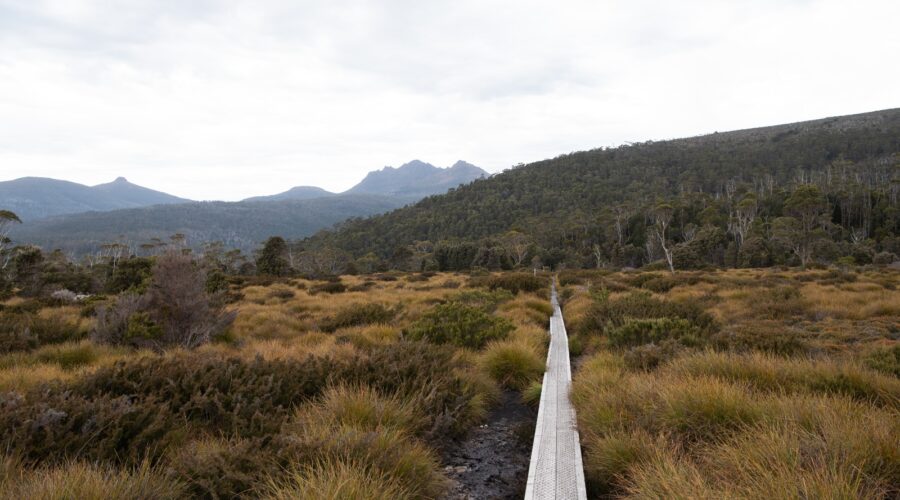Overlanding in India: A Guide to Camping and Boondocking
Overlanding in India

What is Boondocking?
Boondocking refers to the practice of camping or parking in an area that is not designated as a traditional campground. It typically involves staying overnight or for an extended period in remote, undeveloped locations such as public lands, national forests, deserts, or other secluded areas.
Boondocking is often associated with self-sufficiency and off-grid camping, as it usually involves staying in a location without access to amenities like electricity, water hookups, or restroom facilities. People who engage in boondocking often rely on their own resources, such as solar panels for power, water tanks or jugs for freshwater supply, and portable toilets or digging cat holes for waste disposal.
This type of camping allows individuals to experience nature in a more secluded and natural setting, away from the crowds typically found in established campgrounds. It can provide opportunities for solitude, exploration of remote areas, and a closer connection to the outdoors.
However, it is essential to practice responsible boondocking to minimize environmental impact and adhere to any local regulations or guidelines. This may include respecting the land, packing out trash, minimizing noise, and following any restrictions on fires or camping durations.
Overall, boondocking offers a unique camping experience for those seeking adventure, independence, and a connection with nature outside of conventional campgrounds (Overlanding in India)
Does Boondocking mean camping away from the community?
Yes, boondocking typically refers to camping or parking in a remote location away from established communities or traditional campgrounds. The purpose of boondocking is to seek solitude and a closer connection to nature by staying in undeveloped areas, such as public lands, national forests, deserts, or other secluded locations. This type of camping often involves self-sufficiency and off-grid living, as it usually lacks access to amenities like electricity, water hookups, or restroom facilities. Boondocking allows individuals to experience a more secluded and natural environment, away from the crowds and infrastructure commonly found in community-based campgrounds.
Is Boondocking always with a vehicle?
Boondocking is commonly associated with camping or parking in a vehicle, particularly recreational vehicles (RVs) or campervans. These vehicles provide the necessary amenities and resources for self-sufficient camping in remote areas. However, it is not limited to vehicles.
Boondocking can also be done with other forms of shelter, such as tents or hammocks. In this case, individuals may hike or backpack to secluded areas and set up their campsites without access to developed campgrounds or facilities. This form of boondocking is often referred to as dispersed camping or wild camping.
The key aspect of boondocking is the act of camping or staying overnight in undeveloped or non-traditional camping areas, regardless of the specific type of shelter used. The focus is on being self-sufficient and enjoying nature in secluded locations, away from established campgrounds or RV parks.
Do’s & Dont’s of Boondocking in India
Do’s:
- Research and plan: Familiarize yourself with the area where you plan to boondock. Understand the local regulations, permits required, and any specific guidelines for camping in that region.
- Obtain necessary permissions: If camping in protected areas or forests, contact the relevant authorities or forest departments to obtain any required permits or permissions.
- Respect the environment: Practice Leave No Trace principles by minimizing your impact on the environment. Pack out all trash, minimize campfire impact, and avoid damaging or disturbing flora and fauna.
- Leave the area as you found it: Ensure your campsite is clean and free of any traces before leaving. Do not leave any waste behind, and if necessary, bury human waste properly.
- Be self-sufficient: As boondocking often means staying in remote areas without amenities, ensure you have adequate supplies of food, water, and fuel. Consider carrying a first aid kit and other essential camping gear.
- Inform others: Let someone know about your camping plans, including your expected duration and location. This is important for safety and in case of emergencies.
Don’ts:
- Trespass or camp in prohibited areas: Respect any signage, boundaries, or restrictions indicating that camping is not allowed in specific areas.
- Damage the environment: Avoid cutting down trees, damaging vegetation, or disrupting wildlife habitats. Maintain a minimal footprint and preserve the natural beauty of the area.
- Make excessive noise: Respect the tranquility of the surroundings and minimize noise levels. Keep in mind that camping in secluded areas is often sought for solitude and peace.
- Start uncontrolled fires: If campfires are allowed and necessary, ensure you follow safe fire practices. Do not start fires in dry or restricted areas, and fully extinguish fires before leaving.
- Ignore safety precautions: Prioritize your safety by being aware of your surroundings, potential wildlife encounters, and weather conditions. Follow basic camping safety guidelines.
Remember, boondocking or camping in India may have specific rules and regulations depending on the region. Always check with the local authorities, respect the environment, and be considerate of other campers and wildlife. Overlanding in India


